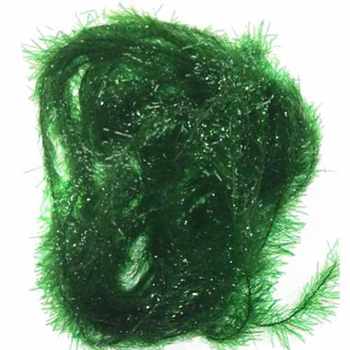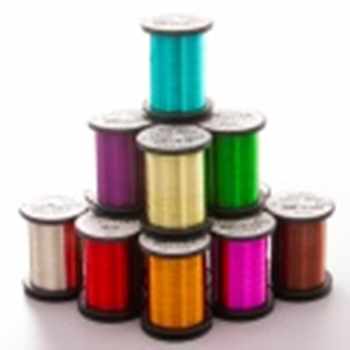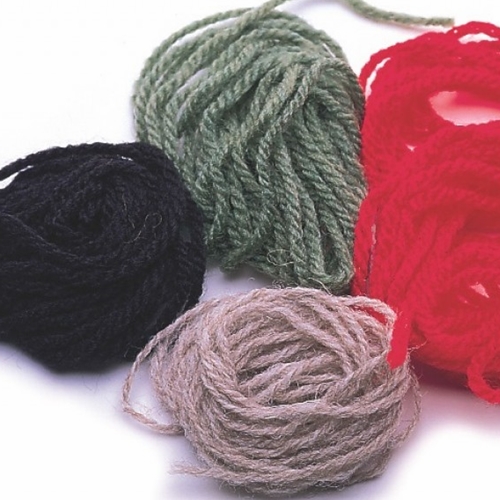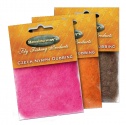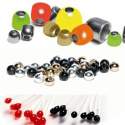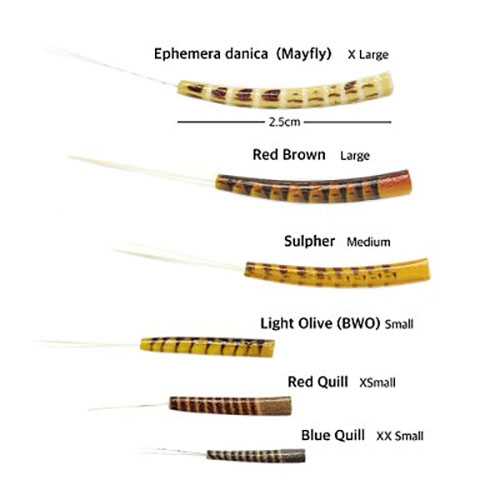Introduction To Wool For Fly Tying
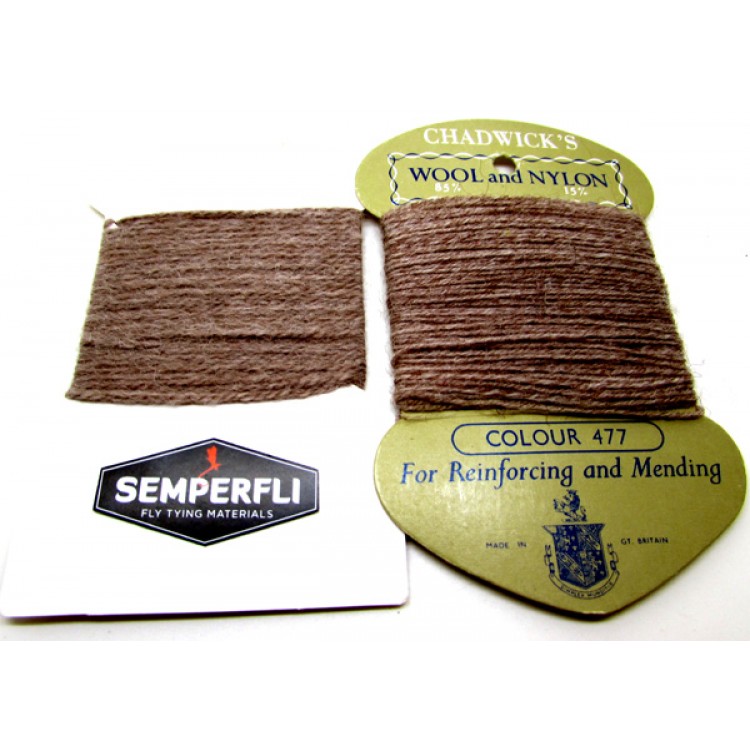 Superb fly tying wools here - Wool has been in use for centuries in Fly Tying with the earliest reference iro 200AD in Ælian’s Natural History when wrote about the Macedonian way of catching fish, "They fasten red (crimson red) wool around a hook, and fix onto the wool two feathers which grow under a cock’s wattles, and which in colour are like wax". The Macedonians wer catching a fish which he said "These fish feed upon a fly peculiar to the country, which hovers on the river. It is not like the flies found elsewhere, nor does it resemble a wasp in appearance, nor in shape would one justly describe it as a midge or a bee, yet it has something of each of these. In boldness it is like a fly, in size you might call it a midge, it imitates the colour of a wasp, and it hums like a bee. The natives generally call it the Hippouros".
Superb fly tying wools here - Wool has been in use for centuries in Fly Tying with the earliest reference iro 200AD in Ælian’s Natural History when wrote about the Macedonian way of catching fish, "They fasten red (crimson red) wool around a hook, and fix onto the wool two feathers which grow under a cock’s wattles, and which in colour are like wax". The Macedonians wer catching a fish which he said "These fish feed upon a fly peculiar to the country, which hovers on the river. It is not like the flies found elsewhere, nor does it resemble a wasp in appearance, nor in shape would one justly describe it as a midge or a bee, yet it has something of each of these. In boldness it is like a fly, in size you might call it a midge, it imitates the colour of a wasp, and it hums like a bee. The natives generally call it the Hippouros".
Wools in some cases have reached a cult status, indeed if you see an original card of Chadwicks 477 wool on eBay or similar you will see it achieve silly prices for what was a darning wool used for mending socks.
Wool, and Yarns can be used in different ways in fly tying as follows:
- Wrapped around the hook
- twisted to form detatched bodies for mayflies
- burned to create caddis heads or
- used as tags
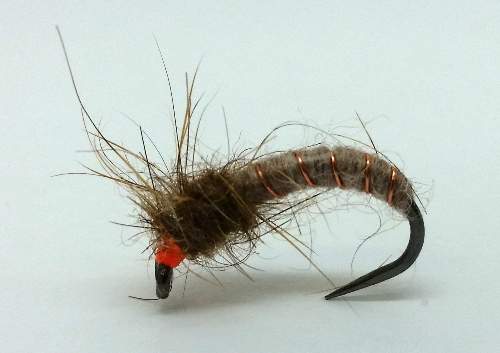 Looking at the simplest is simply winding the wool around the hook to form the body of a fly. We can look at a famour fly, The Grayling Killer Bug, as it was originally called, was developed in the 1930s by Frank Sawyer, the same man who developed the pheasant tail nymph. At that time, Sawyer worked as a river keeper on the river Avon. As part of his duties, he was to rid the river of grayling, the fly that Frank developed (which imitates the gammarus pulex - what is often called a scud. This fly has many variants including the Utah Killer Bug based on Sawyers original pattern. It was tied with Chadwicks 477 wool and gained cult status as a deadly grayling fly. It is can be created using Semperfli Chadwicks 477 Substitute, the closest wool to the original Chadwicks 477 available which is simply wrapped around the hook with a wire rib, hares ear dubbed thorax and hot spot.
Looking at the simplest is simply winding the wool around the hook to form the body of a fly. We can look at a famour fly, The Grayling Killer Bug, as it was originally called, was developed in the 1930s by Frank Sawyer, the same man who developed the pheasant tail nymph. At that time, Sawyer worked as a river keeper on the river Avon. As part of his duties, he was to rid the river of grayling, the fly that Frank developed (which imitates the gammarus pulex - what is often called a scud. This fly has many variants including the Utah Killer Bug based on Sawyers original pattern. It was tied with Chadwicks 477 wool and gained cult status as a deadly grayling fly. It is can be created using Semperfli Chadwicks 477 Substitute, the closest wool to the original Chadwicks 477 available which is simply wrapped around the hook with a wire rib, hares ear dubbed thorax and hot spot.
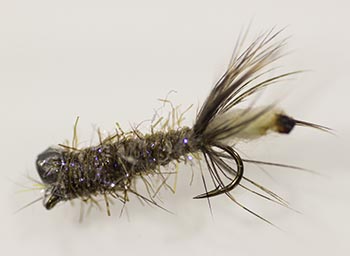 Detatched bodies can be create by twisting the wool to form a loop which can be used to create a detatched body on a fly. This detached body can then be used as an extended body tied to the hook shank and extending past the end of the hook. This techniqe is great for longer bodied flies such as Mayflies.
Detatched bodies can be create by twisting the wool to form a loop which can be used to create a detatched body on a fly. This detached body can then be used as an extended body tied to the hook shank and extending past the end of the hook. This techniqe is great for longer bodied flies such as Mayflies.
Some wool mixes can be burned, especially if they contain wool and man made materials like nylon for example. A superb example of tis is Hans Van Lkinkens Leddhead which is a deadly Cased Caddis Imitation. Hans burns the end of the wool to create a blackened tag which looks like the Caddis nymph head peeping out of its deutritus case.
With many different wools and yarns available in different twists, single, double or more and different colours there is lots to chose from for the fly tyer. Some specialist fly tying compamies have preselected wools for specific uses like caddis bodies, ryhacophila bodies.




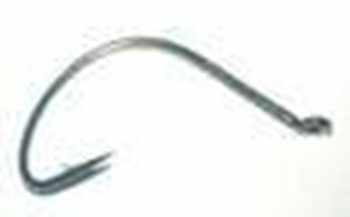
.jpg)



